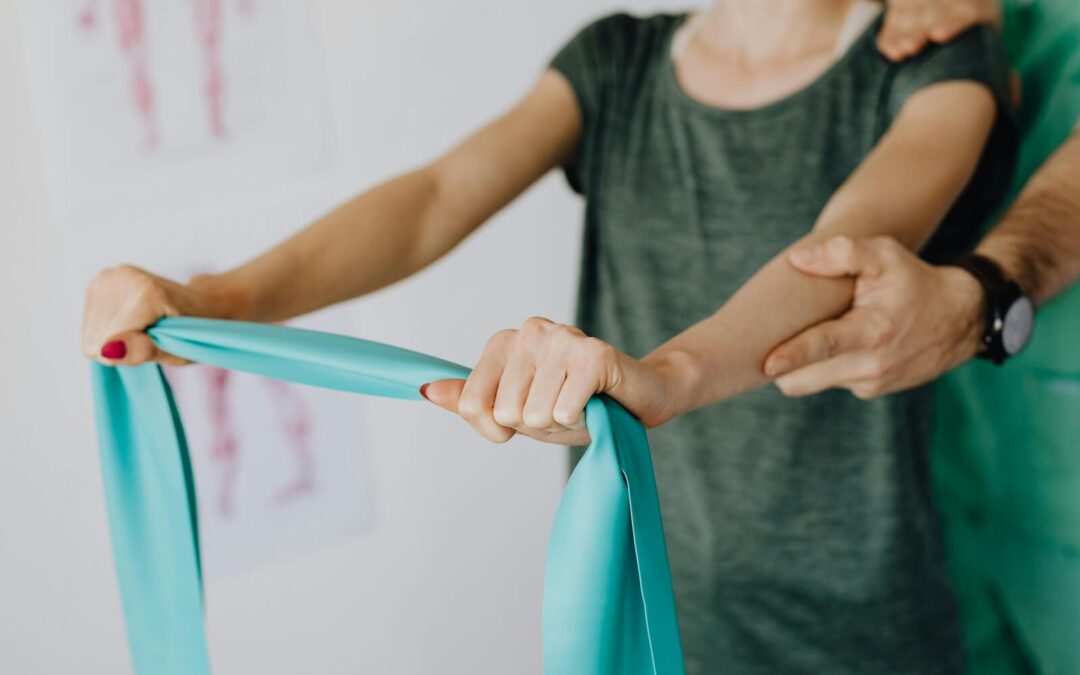Anterior Cruciate Ligament (ACL) injuries can be damaging for athletes and can affect their performance for years to come if not properly treated and rehabilitated. Physical therapy helps athletes return to the field or court after sustaining an ACL sprain or tear.
While surgery is not a requirement for a partial ACL tear, a complete ACL tear is more severe and almost always requires surgery and some form of physical therapy for proper recovery and rehabilitation.
Pain and inflammation are some of the biggest challenges associated with recovery. With the help of a qualified sports physical therapist, you can learn powerful techniques, exercises, and stretches to strengthen your muscles again and relieve causes of long-term pain. This article gives a deeper understanding of the ACL and how physical therapists treat non-surgical and post-surgical ACL injuries for quick recovery.
Understanding the ACL and Its Function
The ACL serves as a stabilizer within your knee joints. Connecting your tibia to your femur, the ACL prevents excessive forward movement and keeps your body stable when you move. Tears in the ACL can be extremely painful and can cause swelling and feelings of instability in the knee.
When the ACL is damaged, inflammation sets in as the body’s natural response to injury, and white blood cells, one of the major components of inflammation, flood the injured area. This inflammation and swelling indicates the body’s immune system initiating healing and can often cause pain, burning, stiffness, and limited mobility. Inflamed ACL and knee joints can often make it difficult to recover on your own and require the help of a certified physical therapist to push you within safe boundaries for rehabilitation.
First Steps After an ACL Injury
The first 24-48 hours after an ACL injury are crucial. Getting prompt treatment is important in ensuring that your injury doesn’t heal wrong or that you aren’t doing further damage to your ACL. Until you can get help from a medical professional and get a doctor’s assessment, following the R.I.C.E. model of self-care can help reduce pain and swelling:
- Rest: Avoid Putting weight on your injured leg. A torn or injured ACL will impact your stability. Keeping weight off of it will prevent you from falling and can prevent your ACL from creating a larger tear.
- Ice: Wrap an ice pack or cold compress in a clean cloth and apply it to your injured area. The cold will help to minimize swelling and can provide relief. Use ice packs only 10-20 minutes at a time, 3-4 times daily.
- Compression: Secure your injured knee with elastic bandages or compression wraps. Compression will help minimize swelling. Make sure the bandages are not too tight and do not cut off your circulation.
- Elevation: Lay on your back and prop your injured leg on pillows or another elevated surface. Raising your injury above the level of your heart can reduce pain, throbbing, and swelling.
After a few assessments and tests, your doctor will determine whether the ACL is torn partially or completely. If it is partially torn, it should be able to heal on its own with rest and proper physical therapy. However, severe tears or complete breaks almost always require ACL reconstruction surgery.
The Journey to Rehabilitation
Once you have determined whether your injury was a partial tear or you have undergone ACL reconstruction surgery, physical therapy is always the next step in ensuring your injuries heal correctly. Failure to properly rehabilitate an ACL injury could create a variety of problems in the future, such as difficulty walking or running, the inability to play sports, and even complete immobility.
Physical therapy focuses on the strength and stability of the injured area. It employs various stretching, pain management, and muscular training techniques to allow athletes to return to the life they love. For ACL injuries, sports physical therapists will utilize exercises that target and strengthen the quadriceps and hamstrings and limit the range of motion to protect the new or torn ACL. After weeks of adjustment and strengthening, the therapist will increase the intensity of sessions to include balance and agility exercises. When working with a sports physical therapist from Total Physical Therapy, you can expect to receive the following treatments:
- Initial Evaluation and Treatment Plan: Based on your pain levels and personal goals for recovery, a therapist will set baseline goals and treatment starting points. Your therapist will evaluate muscular strength and range of motion and create tailored treatment plans to address your unique needs.
- Therapeutic Exercises: A therapist will walk you through targeted exercises. These exercises strengthen muscles and gradually increase the range of motion. They might include various stretches, resistance training, and functional movements.
- Manual Therapy: If needed, a therapist will utilize hands-on approaches such as soft tissue mobilization, joint mobilization, or massage. Manual therapy can reduce pain and joint function in the areas around the ACL.
- Electrical Stimulation: Low-level electrical currents and other therapeutic treatments may be applied to recovering areas. Electrical stimulation can reduce pain, relax muscles, and promote faster healing.
Rehabilitating a Better You
ACLs can take months to heal completely, depending on the severity of the injury. Our dedicated sports physical therapists here in Denver can help you emerge from your injury with strength and resilience and set goals for quick recovery.
At Total Physical Therapy, we aim to be your partner in your ACL rehabilitation and recovery journey. As a vital part of injury recovery, our physical therapists provide tailored and customized care that helps you reclaim your physical well-being. Don’t wait any longer to start your recovery journey — schedule an appointment with Denver Total Physical Therapy and get back to playing the sports you love.




